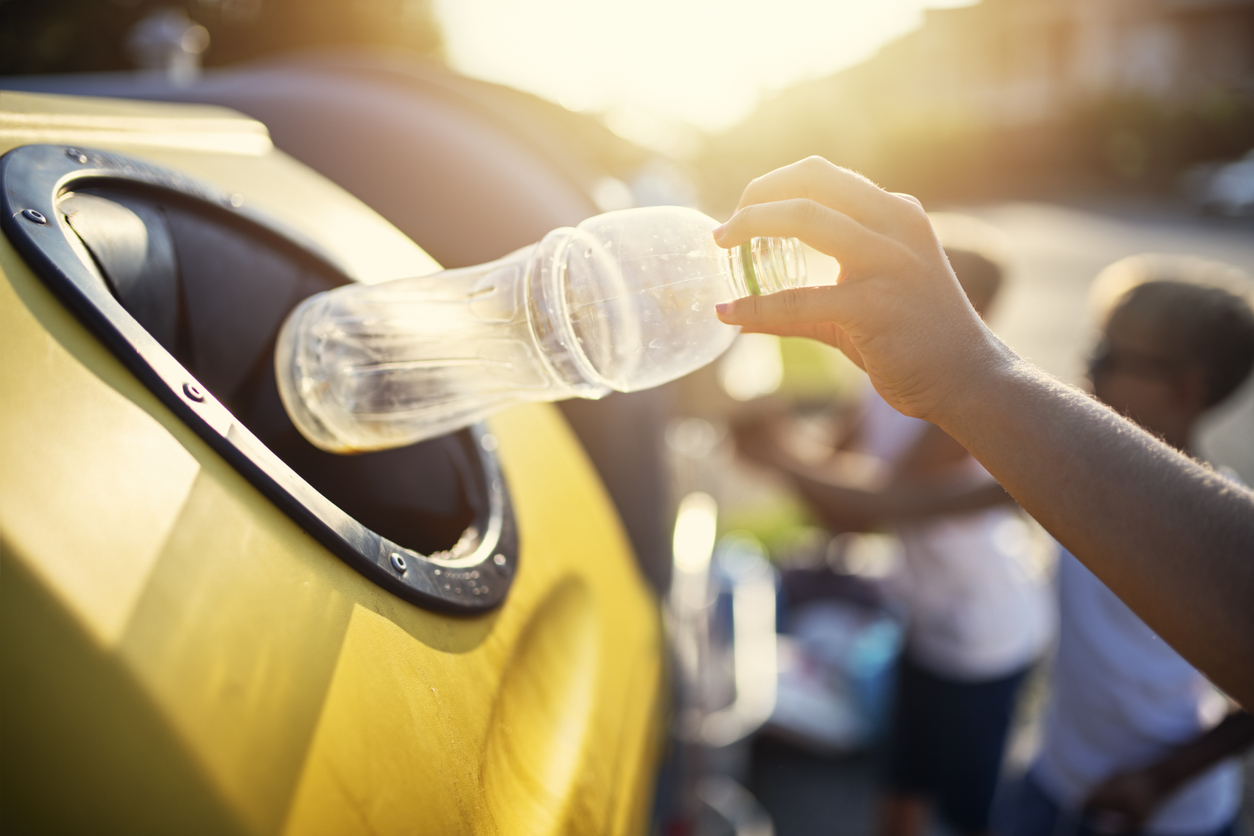Recyclable vs Biodegradable Plastic : Making an informed choice

Recyclable vs Biodegradable Plastic: Making An Informed Choice
Confronting images of the devastating impact plastic pollution has on our oceans and waterways are all too common in the media. There’s no doubt that plastic contamination is a major global problem.
Consumers, retailers and manufacturers are now looking for more sustainable solutions. We all want to do our bit to reduce the environmental damage caused by plastics. Recyclable and biodegradable plastics are often put forward as greener alternatives. But what are they and what’s the best option?
Here’s an introduction to recyclable and biodegradable plastics so you can make a more informed choice.
What is recyclable plastic?
Recycling is the process of creating something new from used materials. And recycled plastics are made from the resin in pre-used plastic products.
Recyclable plastic is better for the environment as it means less waste is going to landfills or ending up polluting seas and oceans. It also reduces greenhouse gas emissions which are a big factor in climate change.
Furthermore, recyclable plastics create a more sustainable, circular economy as they can be used over and over again.
Examples of recyclable plastic use
Recyclable plastic has a wide variety of uses, including the following:
- Food containers
- Water and juice bottles
- Large items with a long lifecycle such as furniture, sports and play equipment
- Repeated use tableware such as cups, cutlery and plates
- Industrial applications, such as medical equipment and auto parts.
What is biodegradable plastic?
Under the right conditions and with the help of micro-organisms, biodegradable plastic breaks down naturally.
However, because biodegradable plastics require a specific environment to fully break down, the process is best handled by commercial operations. If left to do so in landfills or seas, biodegradable plastics break down into smaller microplastics, which can affect the environment. Overall though, biodegradable plastics are more environmentally friendly than traditional plastics as they decompose much faster in landfills.
Examples of biodegradable plastic use
You’ll find biodegradable plastics in a range of settings. Here are a few examples:
- Single-use food containers
- Packaging materials and dunnage
- Disposable utensils, plates and bowls.
Recyclable vs. biodegradable plastics: making the right choice
There’s no doubt, both recyclable and biodegradable plastics are better options for the environment than traditional plastics. The technology is constantly evolving and offers sustainable alternatives for consumers and businesses alike. Reduced landfill, greenhouse gas emissions and less reliance on non-renewable resources have to be good news for all us, right?
Thermogard is a global leader in sustainable cool chain packaging. Our environmentally friendly products are used by various industries, from pharmaceuticals to home delivery meal kits.
Get in touch today to find out more about how Thermogard can help you reach your sustainability goals.
